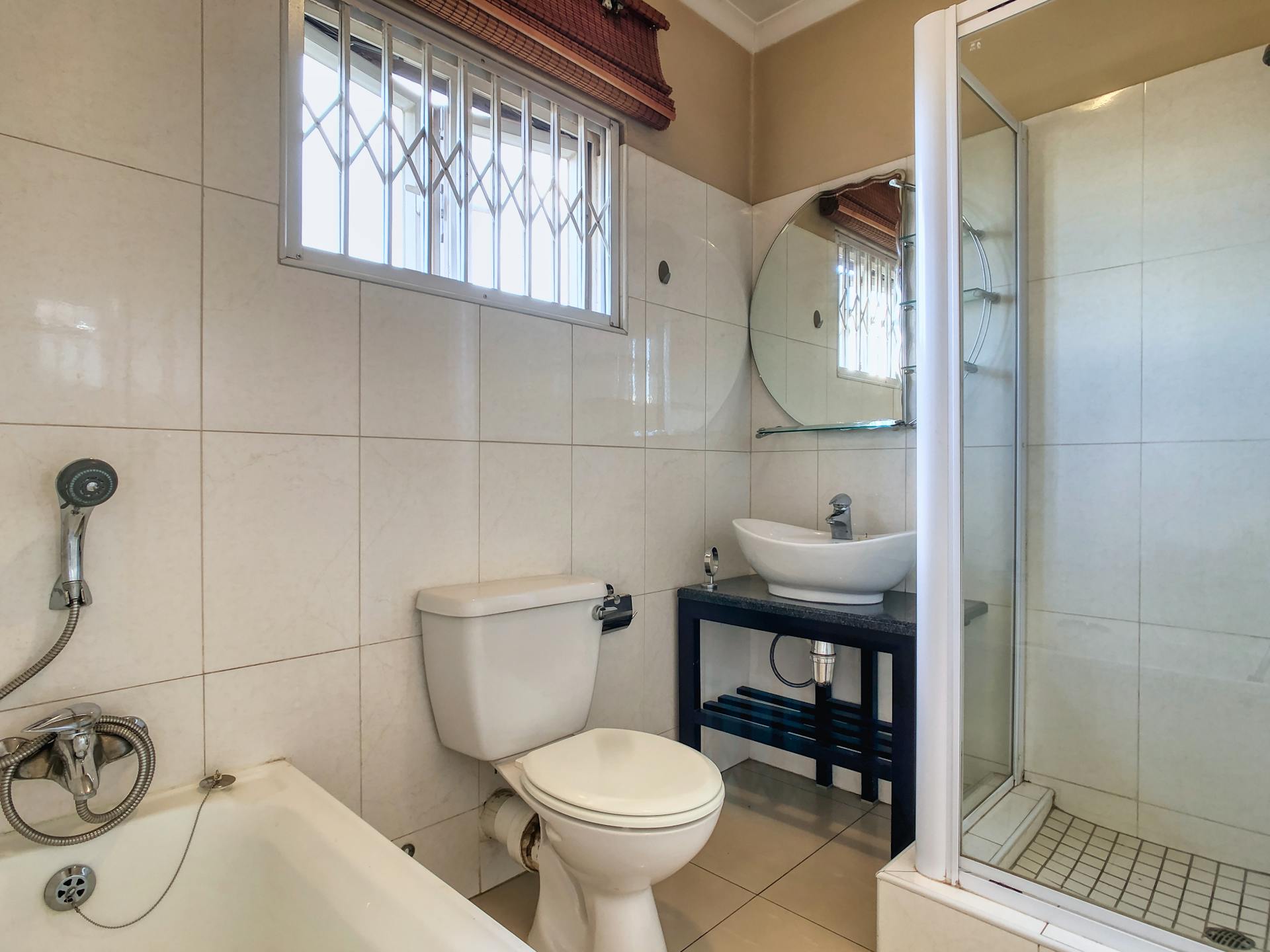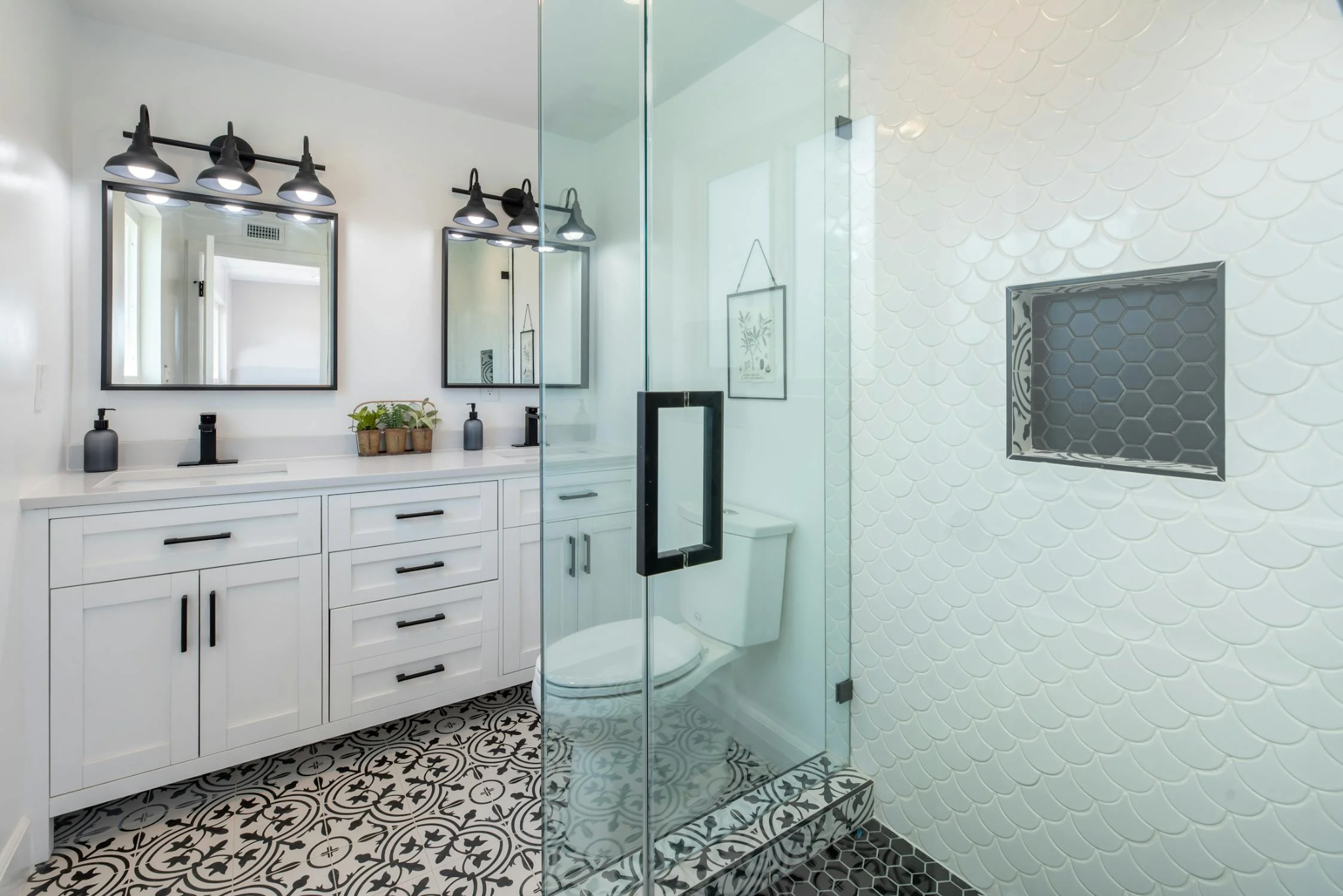Sewer-related issues can be some of the most inconvenient and unpleasant problems a homeowner may face. From slow drains to bad odors, these problems can disrupt daily life and, if left unresolved, lead to more serious damage to your home’s plumbing system. The good news is that many common sewer-related issues can be easily solved with a bit of know-how and the right approach. Here’s a guide to help you troubleshoot and address some of the most frequent sewer problems that can occur at home.
1. Slow Drains and Clogs
One of the most common signs of a sewer issue is slow drains. Whether it’s your kitchen sink, shower, or bathtub, a slow drain is often caused by a buildup of debris such as hair, soap scum, food particles, or grease. In more severe cases, slow drains can indicate a blockage in the main sewer line, which requires immediate attention. If your drains are moving slowly, you can start by using a plunger to try and dislodge the clog. In cases where the clog is located deeper in the pipes, a drain snake or auger can be more effective. If multiple drains in your home are slow or clogged, this could point to a more serious issue with the main sewer line. In such cases, it’s best to contact a professional plumber, like those at Wilson plumbing, to inspect and address the issue before it worsens. Sewer line problems can be complex and often require specialized equipment to resolve, so expert help is recommended.
2. Bad Odors Coming From Drains
Unpleasant smells emanating from your drains are another common sewer-related problem. Foul odors can occur when waste, grease, or food particles become trapped in the pipes and begin to decompose. This can happen if your drains aren’t cleaned regularly, or if there’s a blockage that is preventing waste from moving through the system efficiently. One way to address bad odors is by flushing your drains with hot water and a mixture of baking soda and vinegar. This natural solution helps break down grease and food particles, eliminating the source of the odor. For tougher clogs, you may need to use a drain cleaner or seek professional help to fully clear the pipes.
3. Sewer Backups
A sewer backup is one of the most serious and unpleasant plumbing issues you can face. This occurs when wastewater from your home’s sewer line is unable to flow to the main city sewer and instead backs up into your home. This can happen due to a blockage in the sewer line, tree roots infiltrating the pipes, or damage to the sewer line itself. If you notice sewage backing up into your sinks, toilets, or floor drains, you should stop using water immediately and contact a plumber. Sewer backups can cause significant damage to your home and pose a health risk due to exposure to harmful bacteria.
4. Gurgling Sounds From Drains
If you hear gurgling sounds coming from your drains, it’s often a sign of a blockage or air trapped in your plumbing system. Gurgling noises typically occur when water tries to pass through a partially clogged pipe, creating a vacuum that pulls air through the system. To fix this issue, you can start by checking for any visible blockages in your drains. If the gurgling persists, try using a plunger or a drain snake to remove any debris. If the problem affects multiple drains in your home, it could indicate a blockage in the main sewer line or a venting issue with your plumbing system.
5. Wet Spots or Soggy Areas in Your Yard
Sewer problems don’t always present themselves indoors. Sometimes, a damaged sewer line can lead to wet or soggy areas in your yard. This happens when a pipe underground cracks or breaks, allowing wastewater to seep into the soil. If you notice unusual wet spots or pooling water in your yard, it’s important to have your sewer line inspected immediately. A professional plumber can use specialized cameras to assess the damage and recommend the best course of action. In some cases, the pipe may need to be repaired or replaced to prevent further damage and contamination.
6. Low Water Pressure in Fixtures
Low water pressure in your sinks, showers, or toilets can sometimes be a sign of a sewer-related issue, especially if the problem is isolated to specific areas of your home. While low water pressure can be caused by a variety of factors, including mineral buildup in pipes or leaks, it may also point to a blockage in your sewer line or a problem with your plumbing’s venting system. If you’re experiencing consistently low water pressure, start by checking if the problem affects multiple fixtures or just one. If the issue is localized, the fixture itself may need cleaning or repair.
By understanding these common sewer-related issues and knowing when to call for professional help, you can keep your home’s plumbing system functioning properly and avoid costly repairs. While many minor problems can be addressed with DIY solutions, more serious issues, such as sewer line blockages or backups, require the expertise of a qualified plumber. Regular maintenance and prompt attention to warning signs can help you prevent small issues from turning into major headaches.


